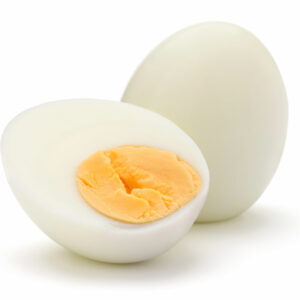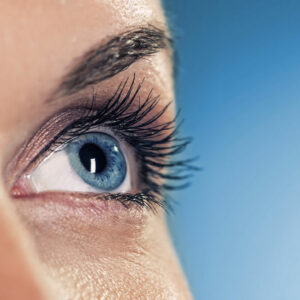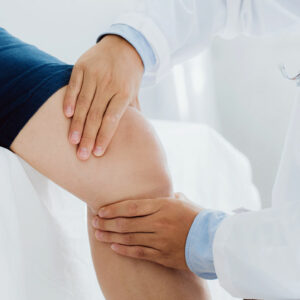
01
10 Home Remedies for Cold, Flu, and Nasal Congestion
After the COVID-19 pandemic began, people have started taking nasal congestion more seriously, and maintaining good health has become more of a priority to many. But it is important not to let this vigilance translate to frequent visits to the doctors. Instead, one must equip oneself with effective home remedies and develop healthy eating habits. The following are 5 remedies for cold and flu and 5 foods that will help relieve nasal congestion. Home remedies for cold, flu, and nasal congestion Taking a hot shower The most obvious remedy for colds is a hot shower. Even without the flu, a warm burst of water can majorly relieve nasal congestion. Apart from washing away tiredness, inhaling the steam relieves pain and reduces pressure in the sinus, allowing a person to breathe easily for a while. If one is too tired for a hot water shower, one can use an electric facial steamer, which is more convenient. One could use a towel to cover one’s head and the steamer to increase the vapor’s concentration. Investing in a humidifier Most flu-causing viruses thrive in cold, dry environments. And humid air helps soothe irritated nasal tissue. Hence, nasal inflammation can be reduced by using a humidifier or cool-mist vaporizer. Humid air also thins mucus in the sinuses and allows them to drain quickly. This health remedy is beneficial when the air is more dry in the winter season. A similar effect is produced when one takes a long hot water bath. Ensure to regularly change the water in the bathtub or humidifier to prevent fungi and mold from growing. The effects can further be stimulated by adding essential oils like eucalyptus. Menthol Congested airways often dissolve when brought into close contact with menthol. Menthol is a compound from mint plants and contains antibacterial and pain-relieving capacities.
Read More 










